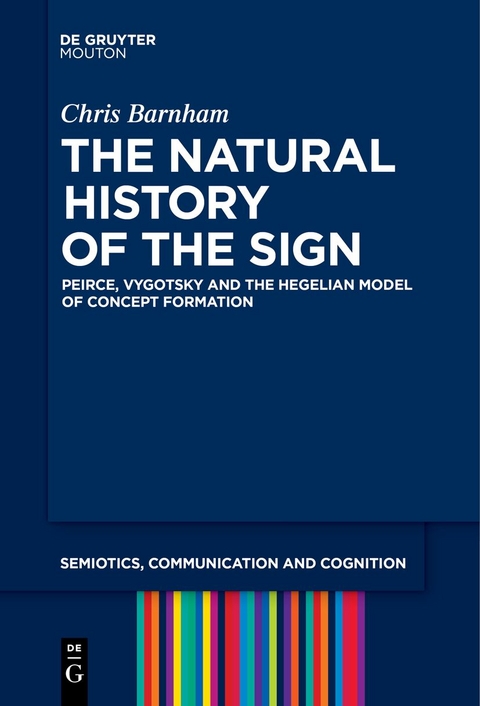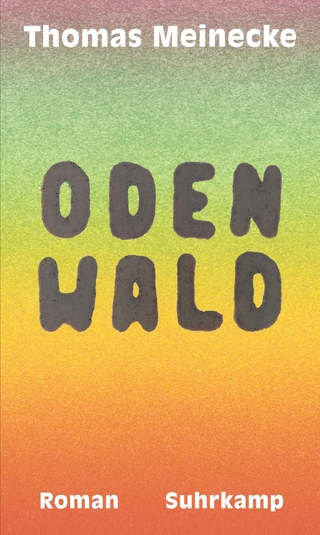
The Natural History of the Sign
de Gruyter Mouton (Verlag)
978-3-11-152094-0 (ISBN)
Our understanding of CS Peirce, and his semiotics, is largely influenced by a twentieth century perspective that prioritizes the sign as a cultural artifact, or as one that that 'distorts', in some way, our understanding of the empirical world. Such a perspective will always undermine appreciation of Peirce as a philosopher who viewed signs as the very mechanisms that enable us to understand reality through concept formation.
The key to this repositioning of Peirce is to place his work in the broad frame of Hegelian philosophy. This book evaluates, in detail, the parallels that exist between Peircean and Hegelian thought, highlighting their convergences and also the points at which Peirce departs from Hegel's position. It also considers the work of Vygotsky on concept formation showing that both are, in fact, working within the same Hegelian template.
This book, therefore, contributes to our broader understanding of Peircean semiotics. But by drawing in Vygotsky, under the same theoretical auspices, it demonstrates that Peirce has much to offer contemporary educational learning theory.
Chris Barnham, United Kingdom.
| Erscheinungsdatum | 26.05.2024 |
|---|---|
| Reihe/Serie | Semiotics, Communication and Cognition [SCC] ; 29 |
| Zusatzinfo | 7 b/w ill. |
| Verlagsort | Basel/Berlin/Boston |
| Sprache | englisch |
| Maße | 155 x 230 mm |
| Gewicht | 538 g |
| Themenwelt | Schulbuch / Wörterbuch |
| Geisteswissenschaften ► Philosophie ► Sprachphilosophie | |
| Geisteswissenschaften ► Sprach- / Literaturwissenschaft ► Anglistik / Amerikanistik | |
| Sozialwissenschaften | |
| Schlagworte | CS Peirce • Hegel • Peirce • Semiotics • Semiotik • Vygotsky |
| ISBN-10 | 3-11-152094-3 / 3111520943 |
| ISBN-13 | 978-3-11-152094-0 / 9783111520940 |
| Zustand | Neuware |
| Informationen gemäß Produktsicherheitsverordnung (GPSR) | |
| Haben Sie eine Frage zum Produkt? |
aus dem Bereich


